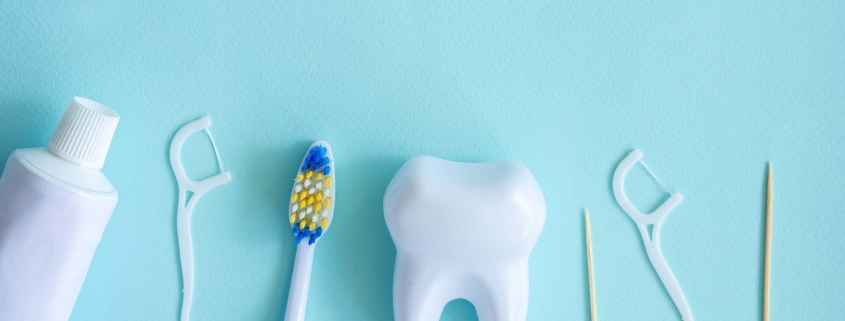Exploring Different Types of Floss for Teeth
Flossing is a critical component of oral hygiene, helping to remove plaque and food particles from between teeth and below the gumline. While brushing cleans the surfaces of your teeth, flossing addresses the areas that your toothbrush can’t reach. With a variety of dental floss types available, understanding the differences can help you choose the best option for your oral health needs.
1. Traditional Nylon Floss
Features:
Made from nylon or other synthetic materials.
Available in waxed or unwaxed forms.
Pros:
Waxed Floss: Easier to slide between tight spaces due to the thin coating of wax.
Unwaxed Floss: Offers a squeaky-clean feeling and is free from added substances.
Cons:
Prone to breaking, especially between tightly spaced teeth.
2. PTFE (Polytetrafluoroethylene) Floss
Features:
Made from a single filament of PTFE, similar to Gore-Tex fabric.
Stronger and more durable than nylon floss.
Pros:
Slides easily between teeth without shredding.
Suitable for tight spaces due to its thin and smooth texture.
Cons:
Generally more expensive than traditional nylon floss.
3. Dental Tape
Features:
Broader and flatter than traditional floss.
Available in waxed and unwaxed versions.
Pros:
Ideal for people with wider gaps between teeth.
Provides a larger surface area for cleaning.
Cons:
May be too thick for tightly spaced teeth.
4. Super Floss
Features:
Contains three components: a stiffened-end threader, spongy floss, and regular floss.
Designed for cleaning braces, bridges, and wide gaps.
Pros:
Stiffened end allows easy threading under appliances like braces and bridges.
Spongy floss cleans around appliances and wide gaps effectively.
Cons:
Can be more time-consuming to use due to its multi-step process.
5. Flavored Floss
Features:
Infused with flavors like mint, cinnamon, or fruit.
Available in both nylon and PTFE forms.
Pros:
Makes flossing more pleasant, especially for children.
Freshens breath while cleaning teeth.
Cons:
Flavors may not appeal to everyone and can be considered unnecessary by some users.
6. Eco-Friendly Floss
Features:
Made from biodegradable materials such as silk or plant-based fibers.
Often packaged in recyclable or reusable containers.
Pros:
Environmentally friendly and sustainable.
Free from synthetic materials and chemicals.
Cons:
May be more expensive and harder to find than conventional floss.
7. Electric or Water Flossers
Features:
Use water pressure or vibration to clean between teeth and along the gumline.
Considered an alternative to traditional floss.
Pros:
Effective for people with braces, implants, or dexterity issues.
Can be easier and more comfortable to use for some individuals.
Cons:
Higher initial cost and ongoing maintenance.
Requires access to electricity or batteries.
Choosing the Right Floss for You
Selecting the right type of floss depends on your individual oral health needs and personal preferences. Here are some tips to help you choose:
Tight Spaces: PTFE floss or waxed nylon floss can be beneficial.
Wider Gaps or Dental Work: Consider dental tape or super floss.
Sustainability: Look for eco-friendly floss options.
Dexterity Issues: Electric or water flossers might be more suitable

